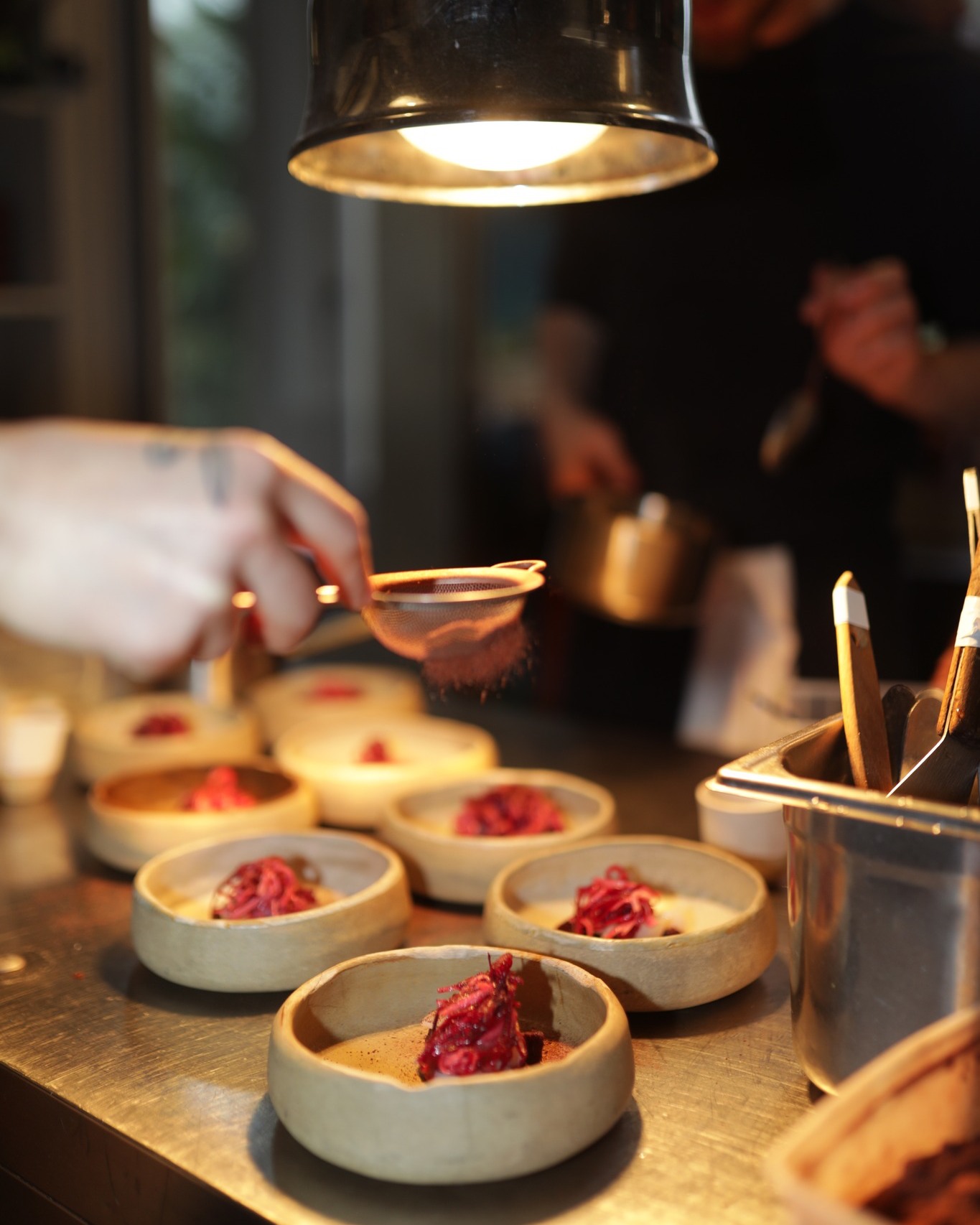Discover what to eat in Lille, from traditional northern French food like carbonnade to modern cuisine in the city’s best restaurants.
Lille is not only the capital of the Hauts-de-France region. It is also a stronghold of French cuisine, shaped by a unique blend of Flemish, Picard, and northern influences. Bordering Belgium, the city shares a culinary tradition that is deeply regional yet distinct. The food in Lille is heavy, generous, and structured around local products: endives, Maroilles cheese, beer, and potatoes. It is a cuisine of resistance to cold weather, of rural and working-class heritage. Yet over the past decade, the cuisine of the North of France has also seen a transformation, with a new generation of chefs rethinking local ingredients through lighter techniques and contemporary plating. This article offers a precise look at both the traditional dishes and the modern culinary scene of Lille. No generalities. Just serious food. Real names. Real places. Real numbers.
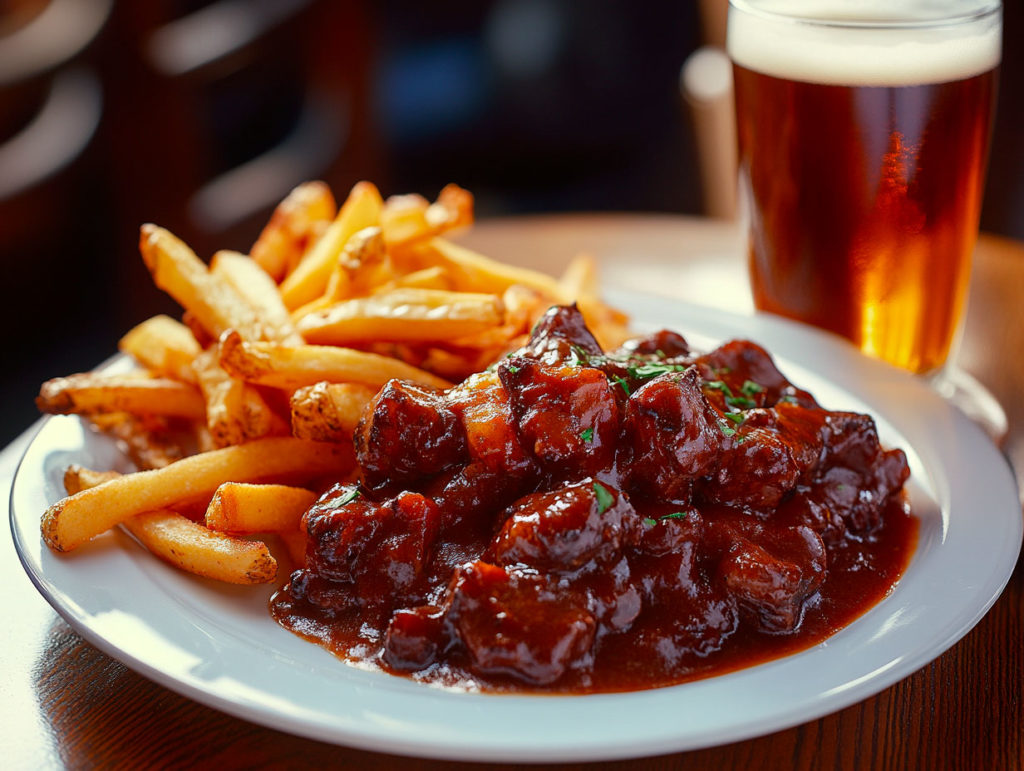
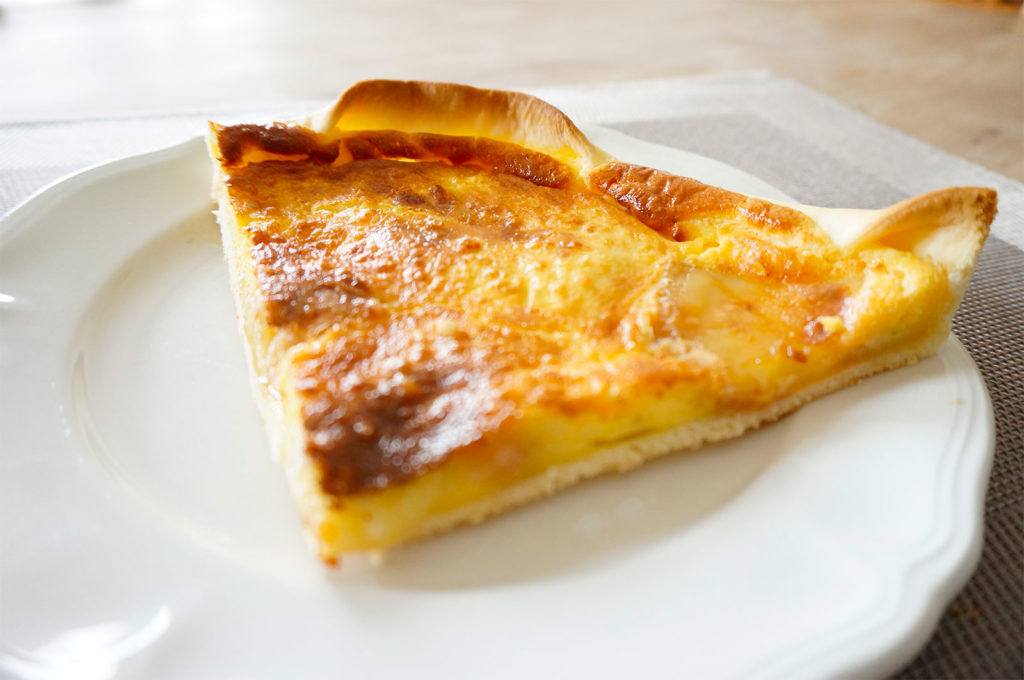
The traditional cuisine of Lille: beer, cheese and brown sauces
The backbone of French food in Lille is its working-class origin. Its traditional meals are based on long cooking times, fermented ingredients, and an extensive use of butter and beer. The most widely known is the carbonnade flamande, a beef stew simmered in brown beer (like 3 Monts or Ch’ti Ambrée) and thickened with gingerbread and mustard. A portion costs around €16 in a local estaminet, the regional bistro-style restaurant. The beef is usually shoulder or chuck, cooked for at least 2.5 hours. The dish often comes with hand-cut fries cooked in beef fat.
Another unavoidable dish is potjevleesch, a cold terrine of three white meats (often pork, chicken and rabbit) preserved in gelatin and white wine vinegar. Served with fries and salad, it sells around €14. Originally from Flanders, it is a traditional summer dish.
Cheese plays a central role. Maroilles, an AOP cow milk cheese from Thiérache, is used in multiple forms: served raw, baked in a tart, or melted into sauces. The tarte au Maroilles, a type of open-faced cheese pie with a yeasted dough, is sold in most boulangeries in portions around €3.50, or served hot in restaurants as a starter or main dish (around €12). The smell is intense, the taste is sharp, fermented, and slightly tangy.
Welsh rarebit, although of Welsh-British origin, has become a staple in Lille. In its northern version, it includes a thick layer of cheddar or mimolette cheese melted with brown beer and mustard, poured over white bread and a slice of ham, and finished in the oven. Some versions include a fried egg on top (Welsh complet). The dish can exceed 1,200 kcal per portion and sells between €13–€18.
Also worth noting are the fricadelles (deep-fried meat rolls), moules-frites in coastal zones, and waterzoï, a creamy chicken or fish stew of Flemish origin, though less present in central Lille.
Desserts are equally caloric and rustic. The gaufre fourrée Meert, a thin waffle filled with vanilla-flavoured butter cream, is the most famous. Meert, founded in 1761, still sells each waffle at €2.90 in its historic shop on Rue Esquermoise. Other staples include bêtises de Cambrai (mint candies), tarte au sucre, and pain d’épices.
Lille’s traditional food has not changed much in form. It reflects the geography (lowlands), the weather (wet and grey), and a diet that was originally meant to be cheap and nutritious. Yet it has built an identity around this harsh simplicity.
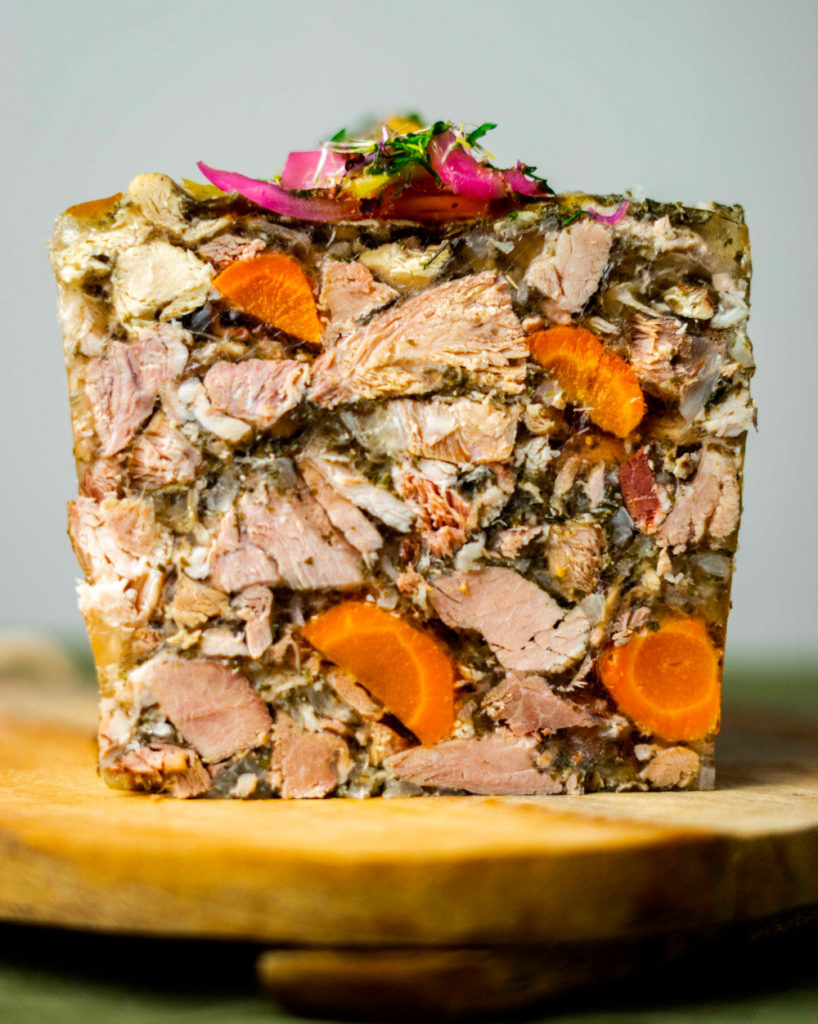
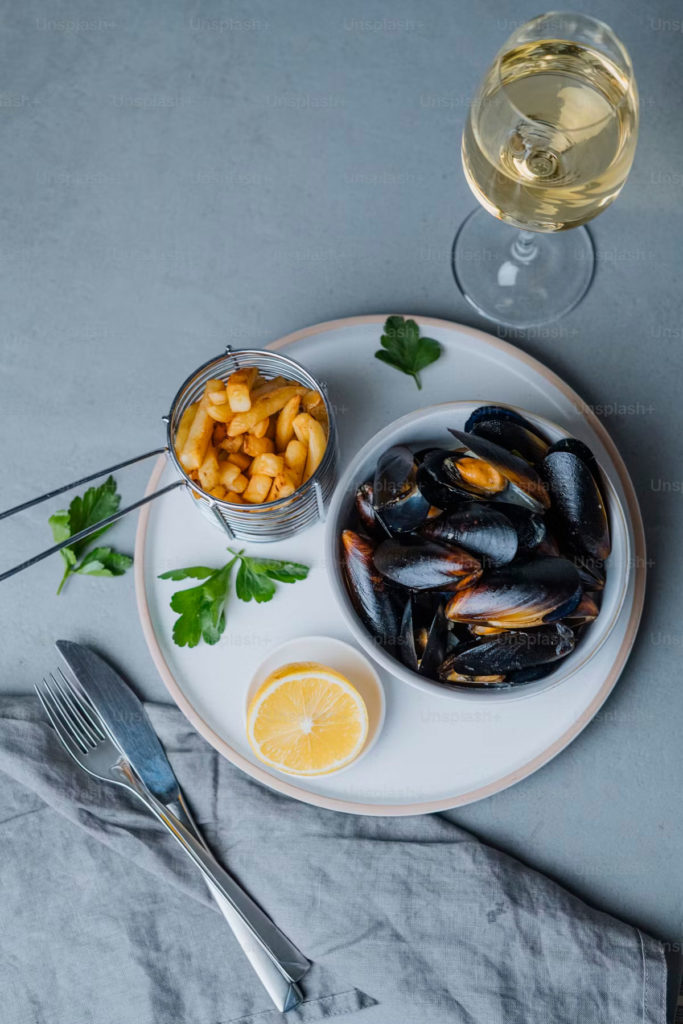
The modern cuisine in Lille: technique and terroir in transformation
In the last 15 years, a new group of chefs has brought change to the cuisine of the North of France. Without denying the region’s classics, they work with fermentation, plant-based dishes, or precision-cooked proteins. The change is not about globalisation. It is about taking local products seriously.
Bloempot, led by Florent Ladeyn (semi-finalist on Top Chef), opened in 2013 in a former carpenter’s workshop. The menu is €58 for five courses. No à la carte. Local ingredients only: endives cooked in hay, pickled leeks, trout from Rieulay, sourdough bread made with local grain. Beer replaces wine in many pairings. There is no butter on the table but fermented cream.
Rozo, run by Charles Cuypers (ex-Meurice), offers a hybrid cuisine mixing northern products and technical plating. Dishes include grilled salsify with hazelnut miso, or veal with Maroilles foam and beetroot reduction. Lunch menu starts at €32, tasting menu at €78. Their wine cellar includes 200 references, but the beer list is equally curated.
Another key player is La Laiterie in Lambersart, once a 1-star Michelin, now focused on bistronomy under chef Benoît Bernard. Plates change weekly. A sample dish: Jerusalem artichoke purée with smoked eel and beet crisps. A tasting menu is €68.
Modern pastry is also present. Oxalis & Bergamote and Aux Merveilleux de Fred have redefined local sweets. The merveilleux, a light meringue dome with whipped cream and chocolate shavings, is now a Lille export. Prices range from €1.70 to €3.50 depending on size.
New restaurants often use the same ingredients—endive, beetroot, salsify, trout, shallots, raw milk cheese—but reinterpret them. They reduce portion sizes, play on acidity, introduce fermentation, and limit animal fat. French cuisine here is being reworked, not abandoned.
Some challenges remain. Prices have risen. Tasting menus over €70 are becoming common, but local wages do not always follow. And despite the visibility of star chefs, many Lillois still eat traditional stews and tarts. The city hosts two food scenes running in parallel: the historical, and the experimental. Both are real.
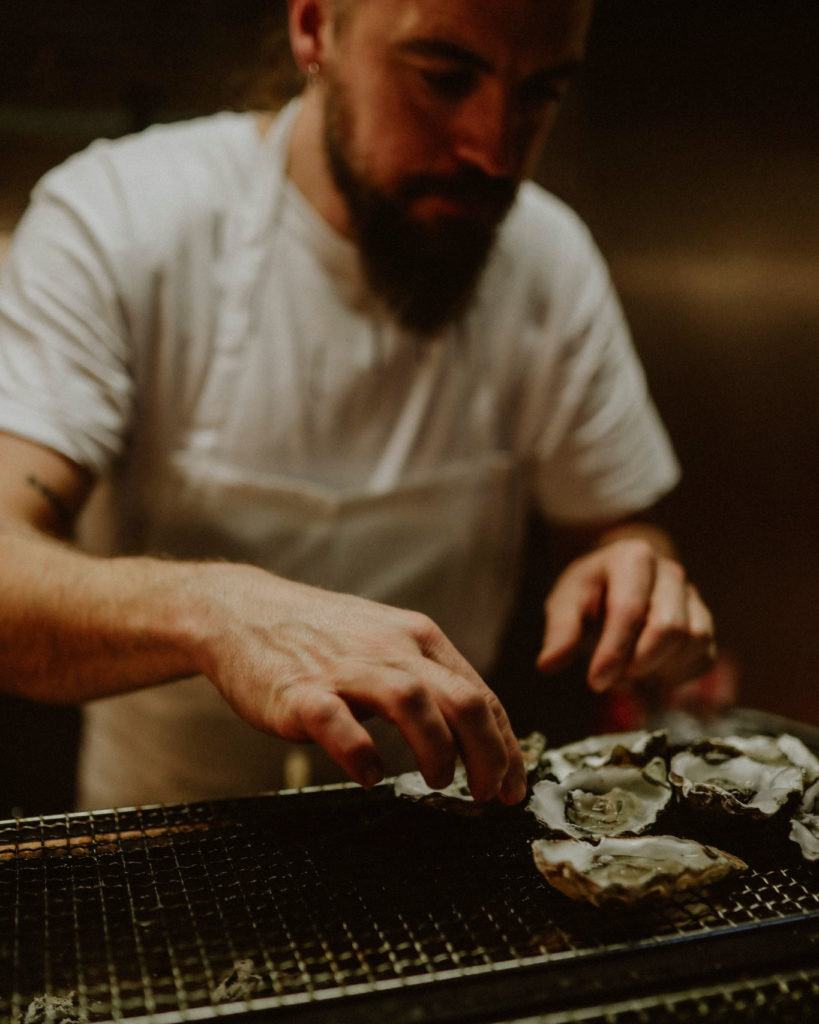
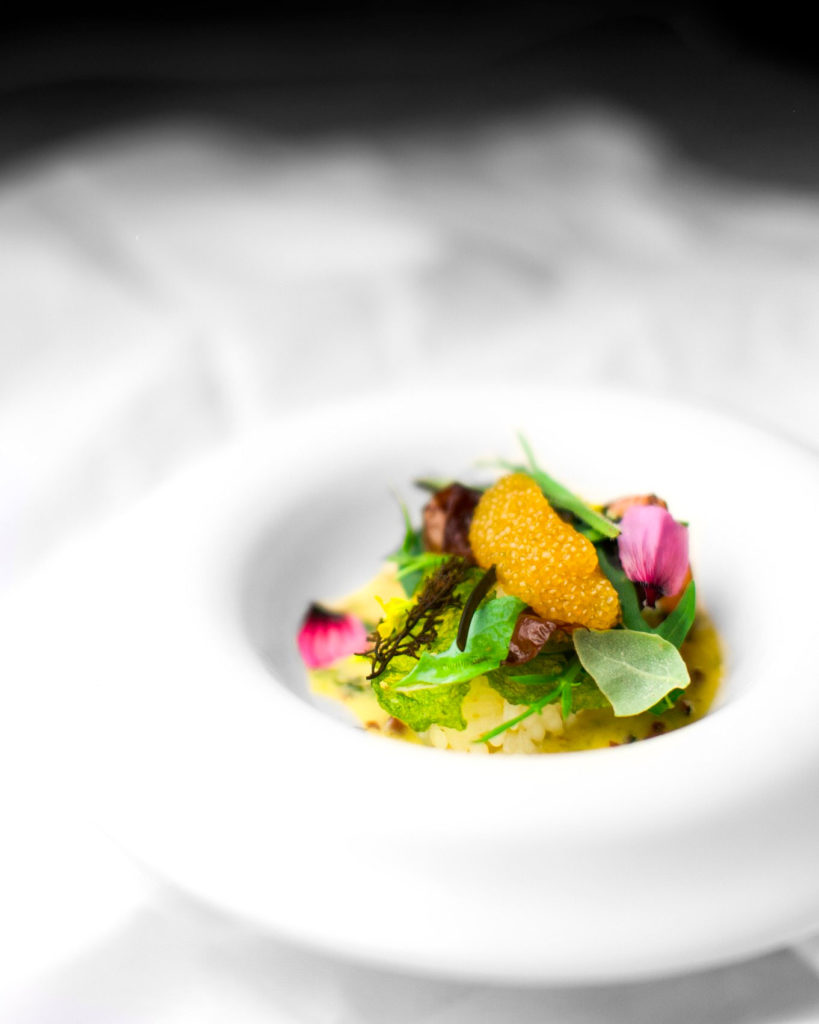
XperienceFrance is your travel specialist in France.
